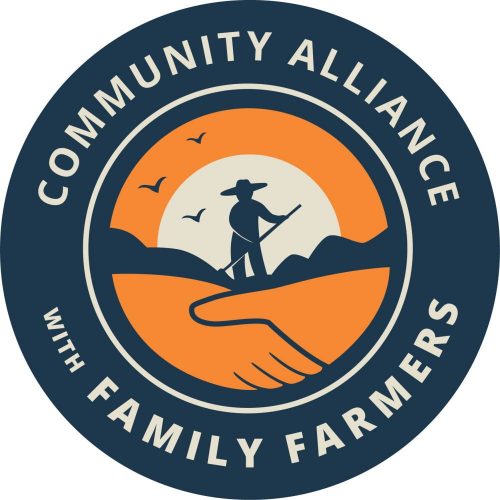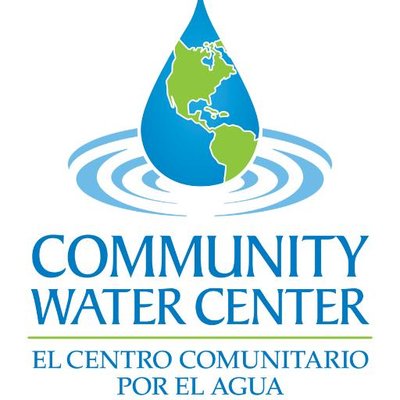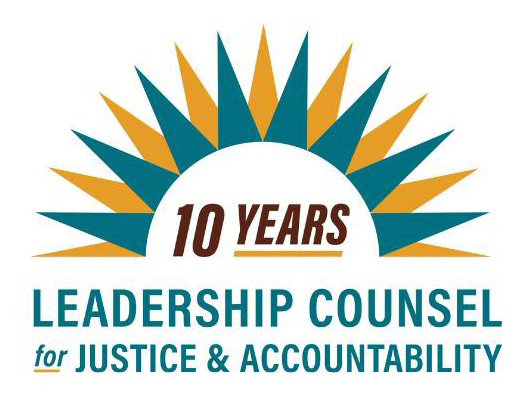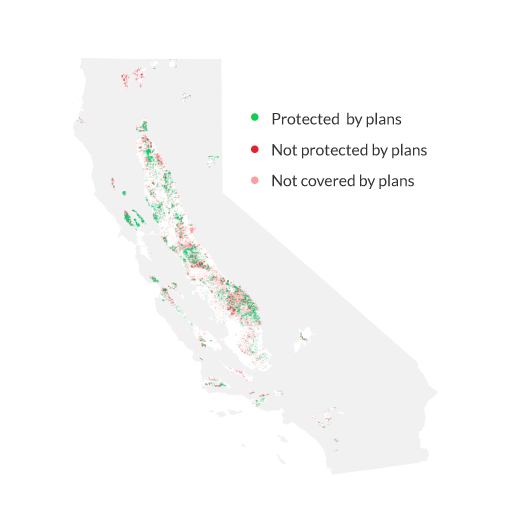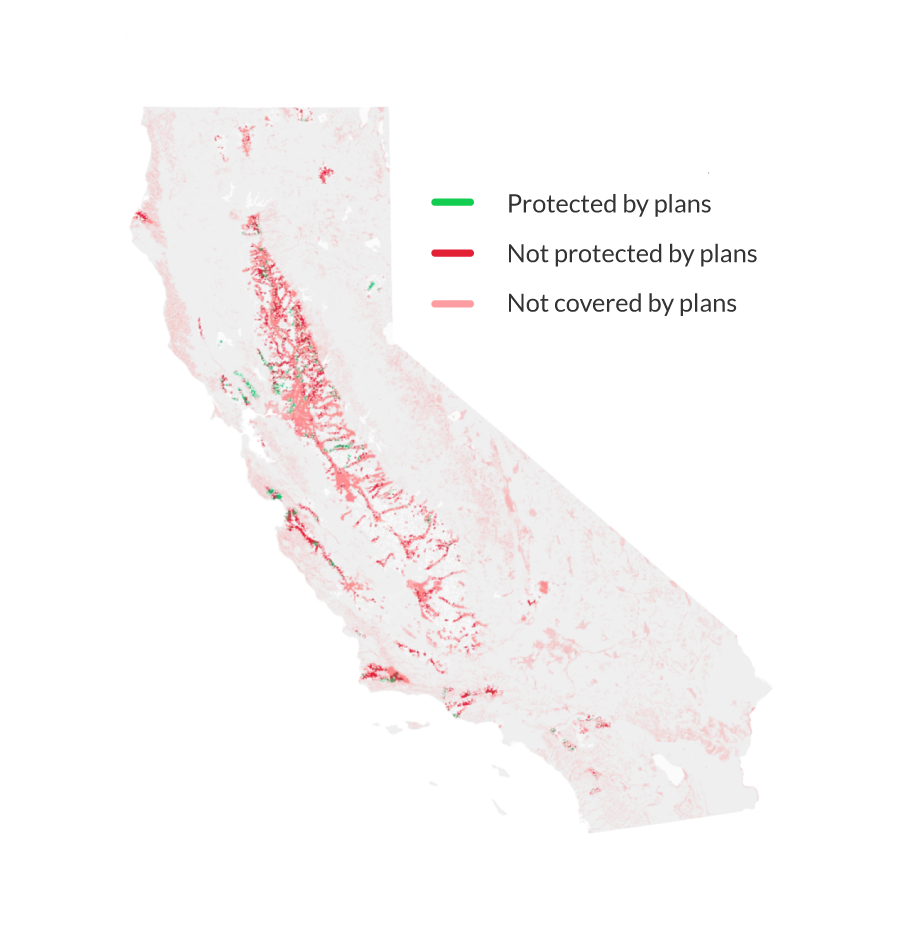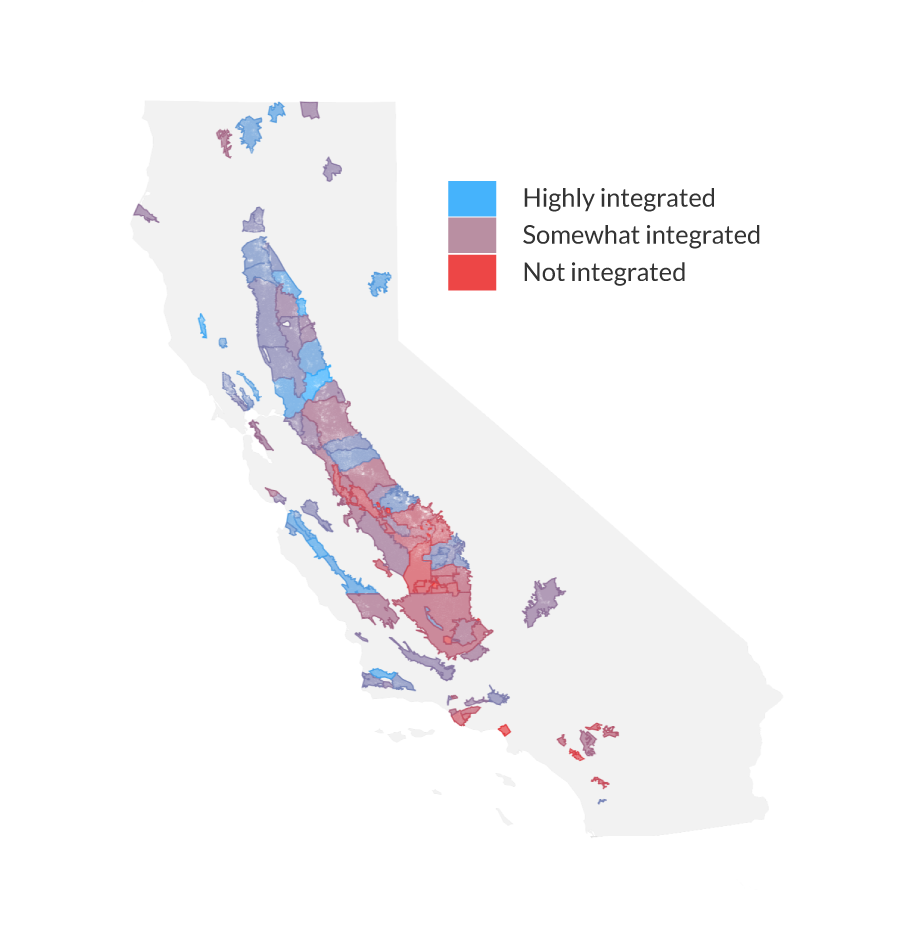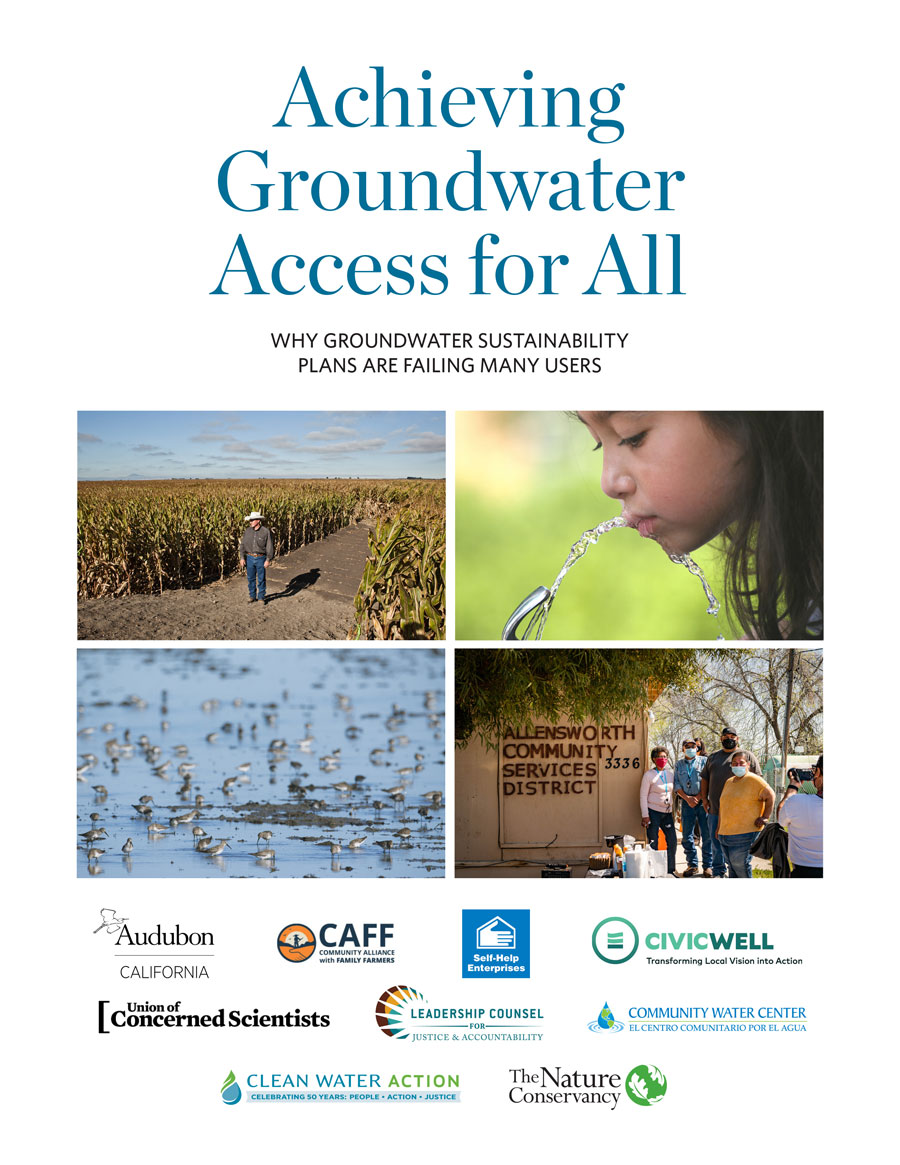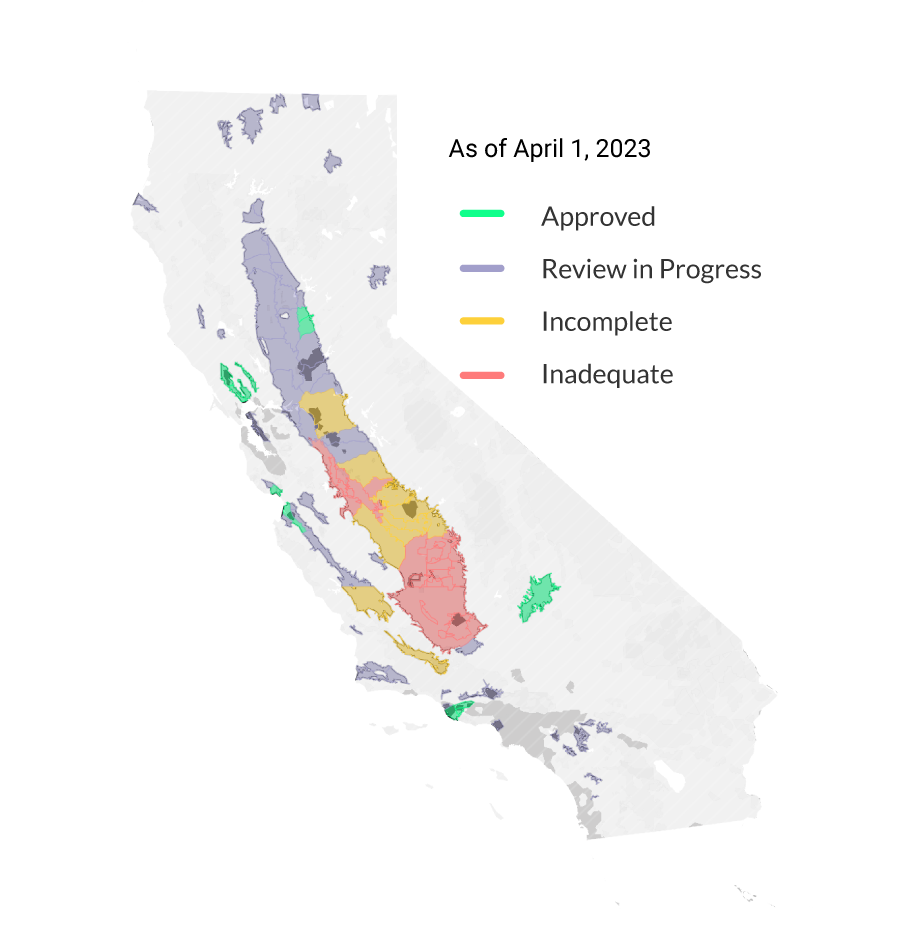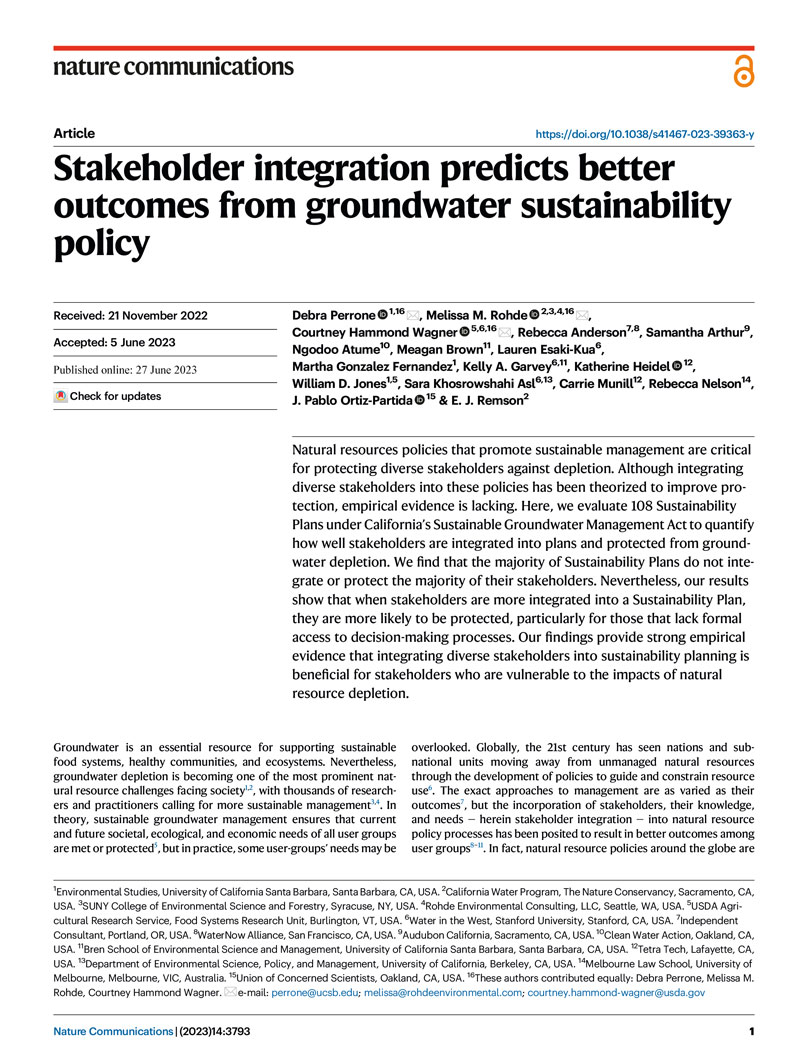
Presented by the Groundwater Leadership Forum
Is SGMA working?
A closer look at how California’s landmark 2014 law, the Sustainable Groundwater Management Act (SGMA) is being implemented for all groundwater stakeholders. Drawn from recent research published in Nature Communications and a policy report by the Groundwater Leadership Forum.
Why groundwater sustainability plans are failing many users
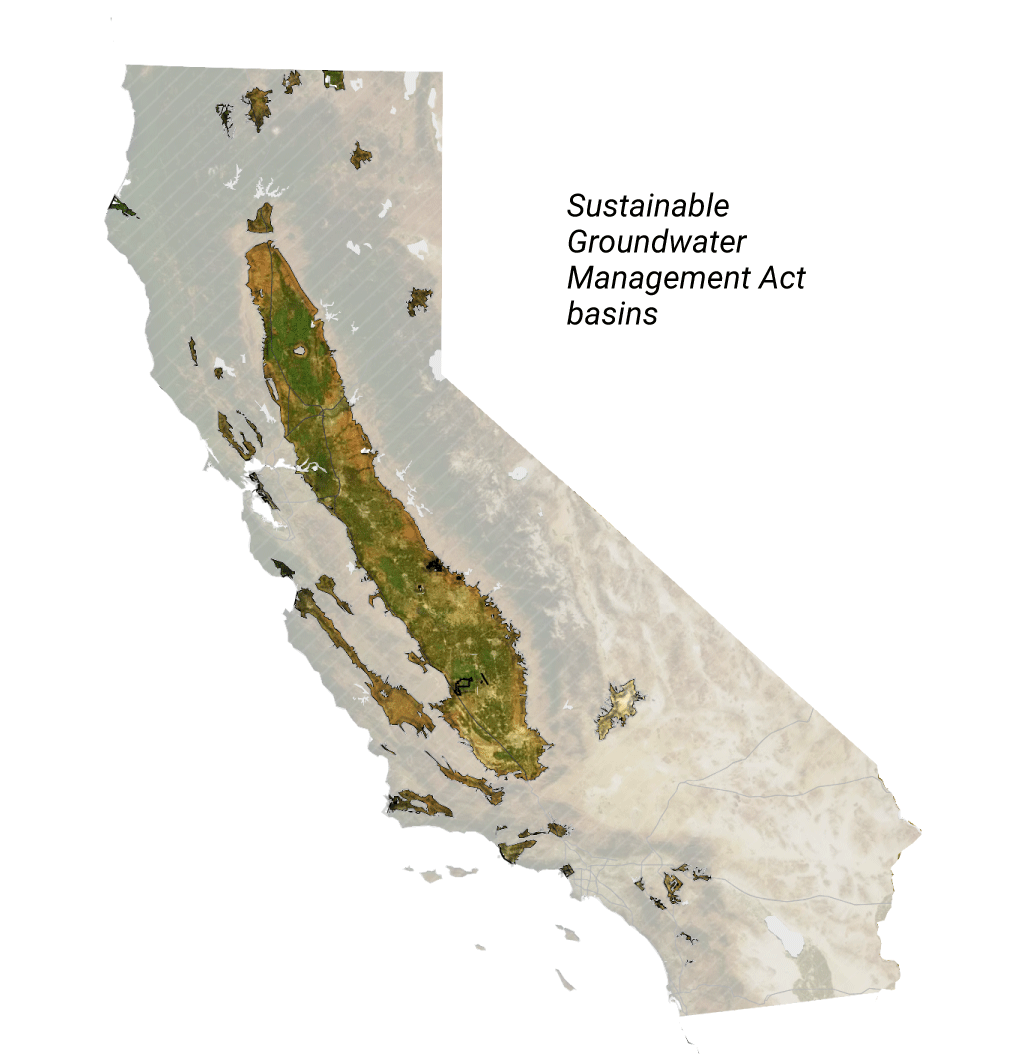
Groundwater is a critical component of California’s water supply, but despite its important role California has over-pumped groundwater for decades. California made a serious commitment to bring the most depleted groundwater basins back into balance when it passed the Sustainable Groundwater Management Act (SGMA) in 2014.
This commitment is being carried out at the local level through the formation of hundreds of new groundwater agencies, the launch of basin-level planning processes, and the creation of groundwater sustainability plans.
Questions
Our organizations undertook a robust review of the current status of SGMA implementation to answer the following questions:
Vulnerable groundwater users – such as those who rely on shallow drinking water or irrigation wells — are particularly at risk from overuse of groundwater.
Our research found that 60% of agriculture wells and 63% of domestic wells are not protected from going dry under current groundwater plans.
2. Do the plans protect ecosystems in their groundwater basins?
91% of groundwater- dependent ecosystems are unprotected.
We also examined how groundwater-dependent ecosystems, or “GDE’s”, would fare if SGMA stays on its current path. Wetlands and other water-dependent landscapes rely on springs or other sub-surface water for them and their resident species to survive.
Many plans were able to identify where ecosystems dependent on groundwater exist in their basins, but very few adequately showed how ecosystem health could be affected by plan implementation. 91% of groundwater-dependent ecosystems in SGMA basins are not protected from going dry.
3. Did plans include stakeholders identified by the law?
25% of plans fail to fully identify disadvantaged communities.
Only 9% of plans include a member of an underrepresented stakeholder group in decision-making.
Disadvantaged communities, drinking water wells and the environment were rarely considered when establishing sustainable management criteria.
This basic problem underlies all other shortcomings: the lack of consideration of the most vulnerable groundwater users in the SGMA process.
Stakeholder engagement in the planning and decision making process was lacking for all groups, but disproportionately more so for the most vulnerable groups (drinking water users, disadvantaged communities, small farms, and the environment). Our results also show that when domestic and environmental stakeholders are better integrated into planning and decision making, they are also better protected by the plans.
While there is much that needs fixing in the current groundwater plans, the state can take additional steps now to address shortcomings while allowing local agencies to maintain control over the process.
The California Department of Water Resources is responsible for regulating SGMA and issuing a determination as to whether a plan is on a path to sustainability and avoiding adverse impacts to all stakeholders.
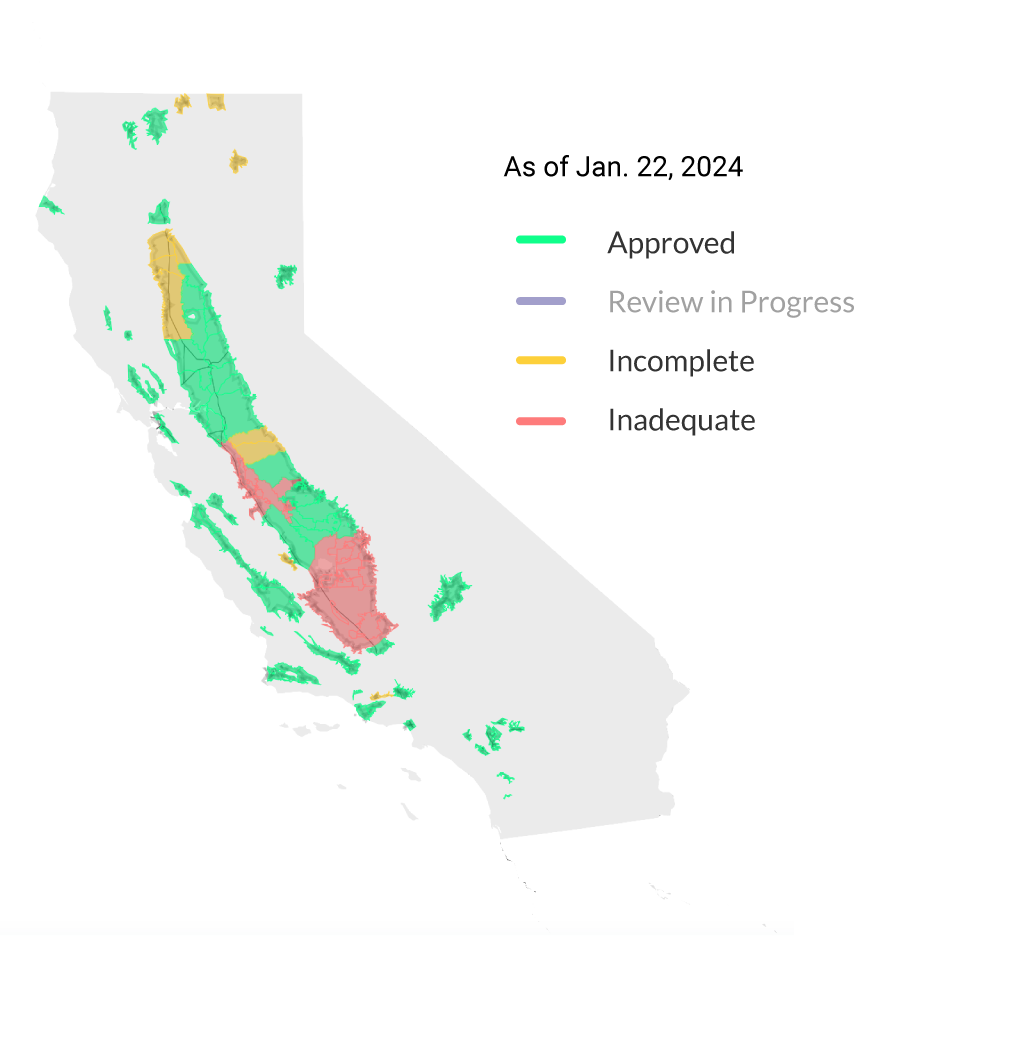
As of April 2023, the state is weighing intervention in six groundwater basins deemed inadequate. Agencies representing those basins are working to address shortcomings to avert being placed on probationary status, which is a first step toward a state takeover of groundwater management.
Note that some of the groundwater plans have been revised and resubmitted since our analysis.
Read a summary of our recommendations for getting SGMA on a course that will better protect vulnerable stakeholders and the environment.
1. Do plans protect wells?
60% of wells are uncovered or unprotected.
Vulnerable groundwater users – such as those who rely on shallow drinking water or irrigation wells — are particularly at risk from overuse of groundwater. Our research determined that work remains to be done to ensure that shallower wells are protected. Under the plans we reviewed, most groundwater wells (60% of agriculture and 63% of domestic wells) are not protected from going dry.
Explore agricultural and domestic wells
The interactive map below highlights agricultural and domestic wells identified across 108 SGMA basins showing wells protected and not protected under minimum thresholds. How we determined well protection.
How we determined well protection
Under SGMA, plans are required to set “minimum threshold” groundwater levels at monitoring wells across the basin to detect whether groundwater declines are causing undesirable results.
Below are definitions for well protection:
- Covered and protected: wells located within 1.5 miles of a monitoring well and the well depth is below the minimum threshold.
- Covered but not protected: wells within 1.5 mile radius but the well depth is above the minimum threshold.
- Not Covered or protected: wells outside 1.5 mile radius were deemed “unprotected” because groundwater conditions are not being monitored and well impacts are unlikely to be detected by monitoring well.
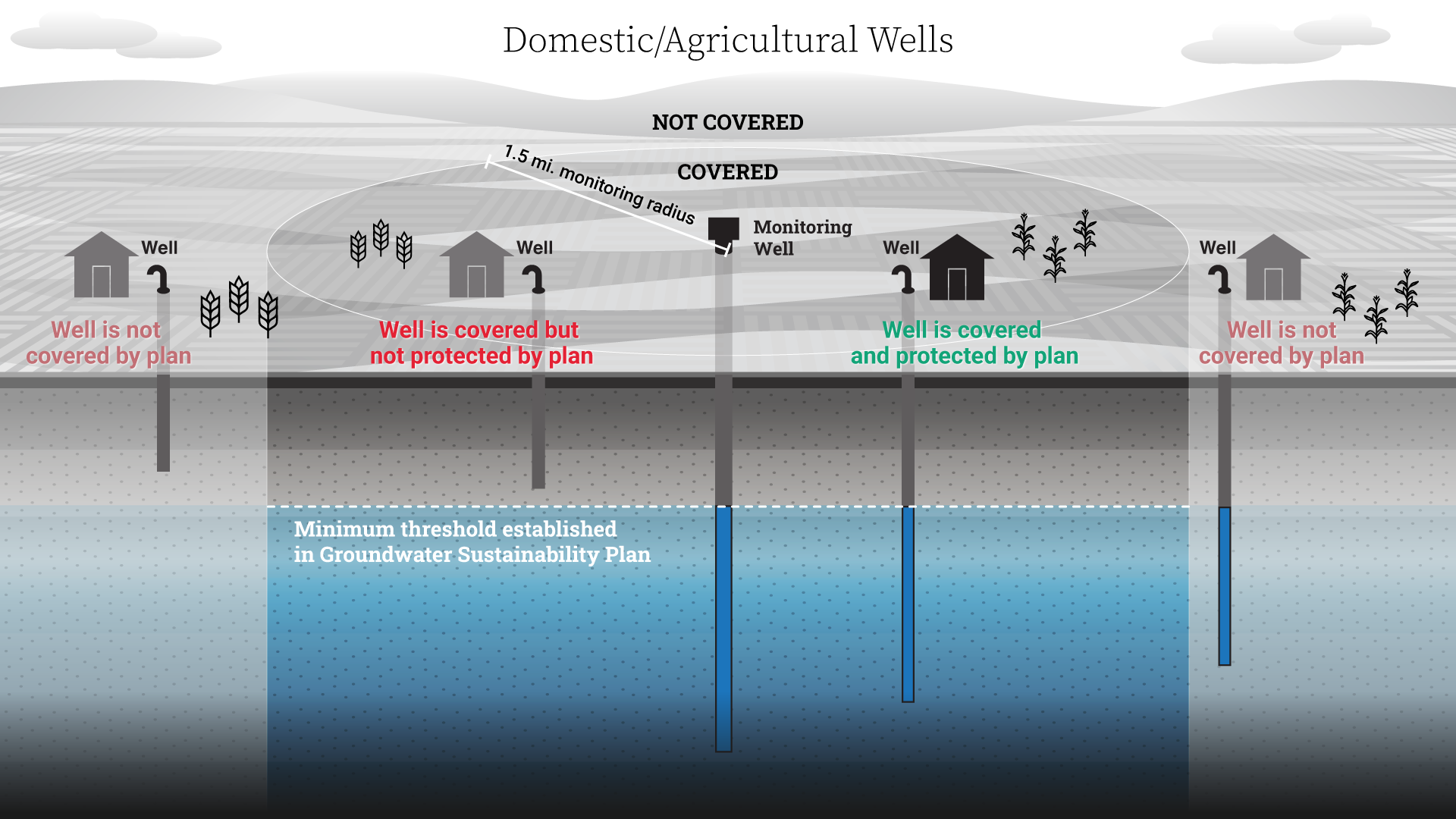
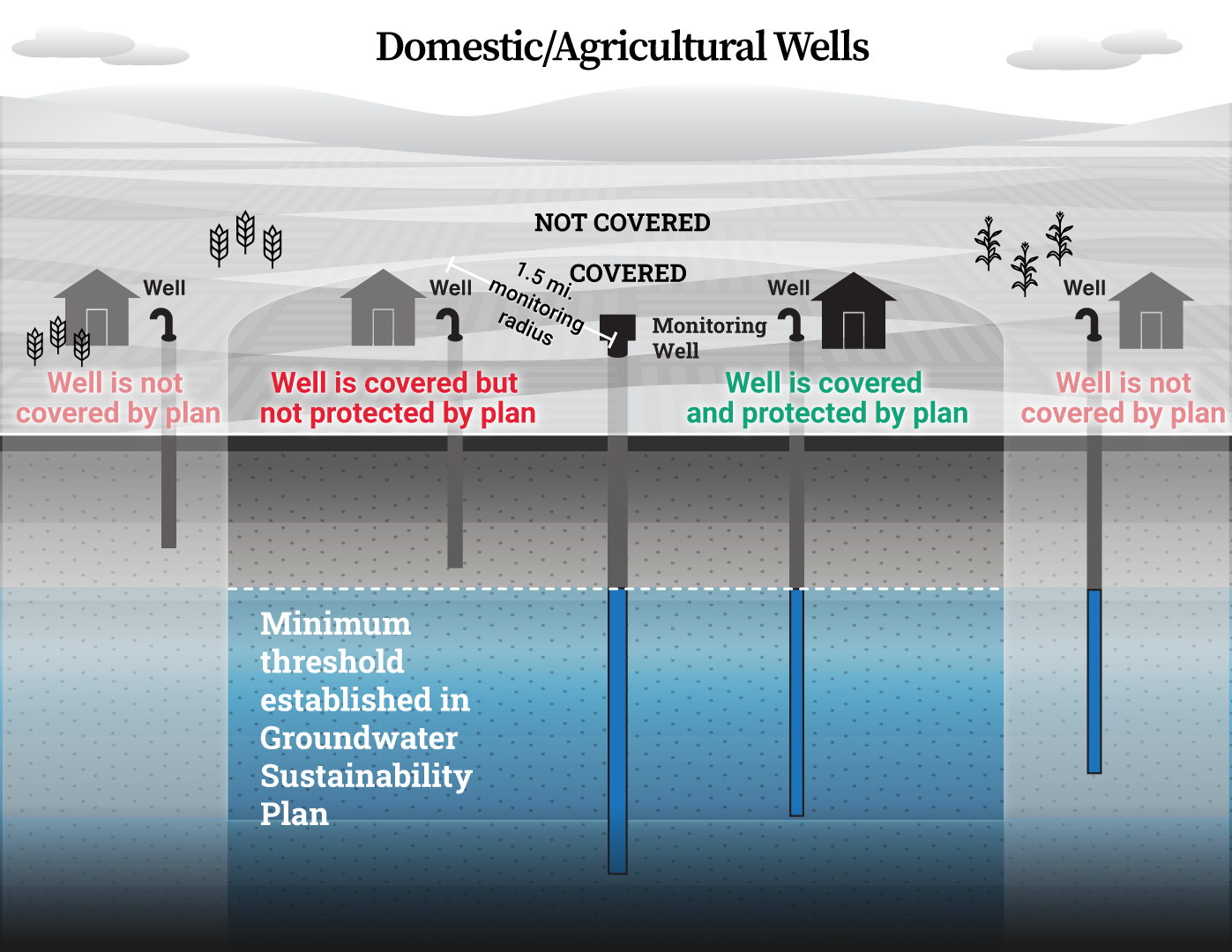
2. Do plans protect ecosystems?
91% of groundwater-dependent ecosystems are unprotected.
Ecosystems, known as “GDE’s,” include wetlands and other water-dependent landscapes that rely on springs or other sub-surface water for them and their resident species to survive. Most of California’s rivers, streams, wetlands, and other ecosystems that rely on groundwater have have already been damaged or destroyed by land use changes and water management. The limited habitat that remains is increasingly at risk from unsustainable groundwater use.
Many plans were able to identify where ecosystems dependent on groundwater exist in their basins, but very few adequately showed how ecosystem health could be affected by plan implementation. 91% of groundwater-dependent ecosystems remaining in SGMA basins are not protected from going dry.
Explore groundwater-dependent ecosystems (GDEs)
The interactive map below highlights ecosystems identified across 108 SGMA basins showing ecosystems protected and not protected under minimum thresholds. How we determined ecosystem protection.
How we determined ecosystem protection
Using a similar methodology to well protection, we examined how groundwater-dependent ecosystems could fare under the plans as currently constituted. Under SGMA, plans are required to set “minimum threshold” groundwater levels at monitoring wells across the basin to detect whether groundwater declines are causing undesirable results. i
Below are definitions for ecosystem protection:
- Covered and protected: ecosystems located within 1.5 miles of a monitoring well and maximum rooting depth of vegetation is deeper than the minimum threshold.
- Covered but not protected: ecosystems within 1.5 mile radius but the maximum rooting depth of vegetation is shallower than the minimum threshold.
- Not Covered or protected: ecosystems outside the 1.5 mile radius were deemed “unprotected” because groundwater conditions are not being monitored and ecosystem impacts are unlikely to be detected by a monitoring well.
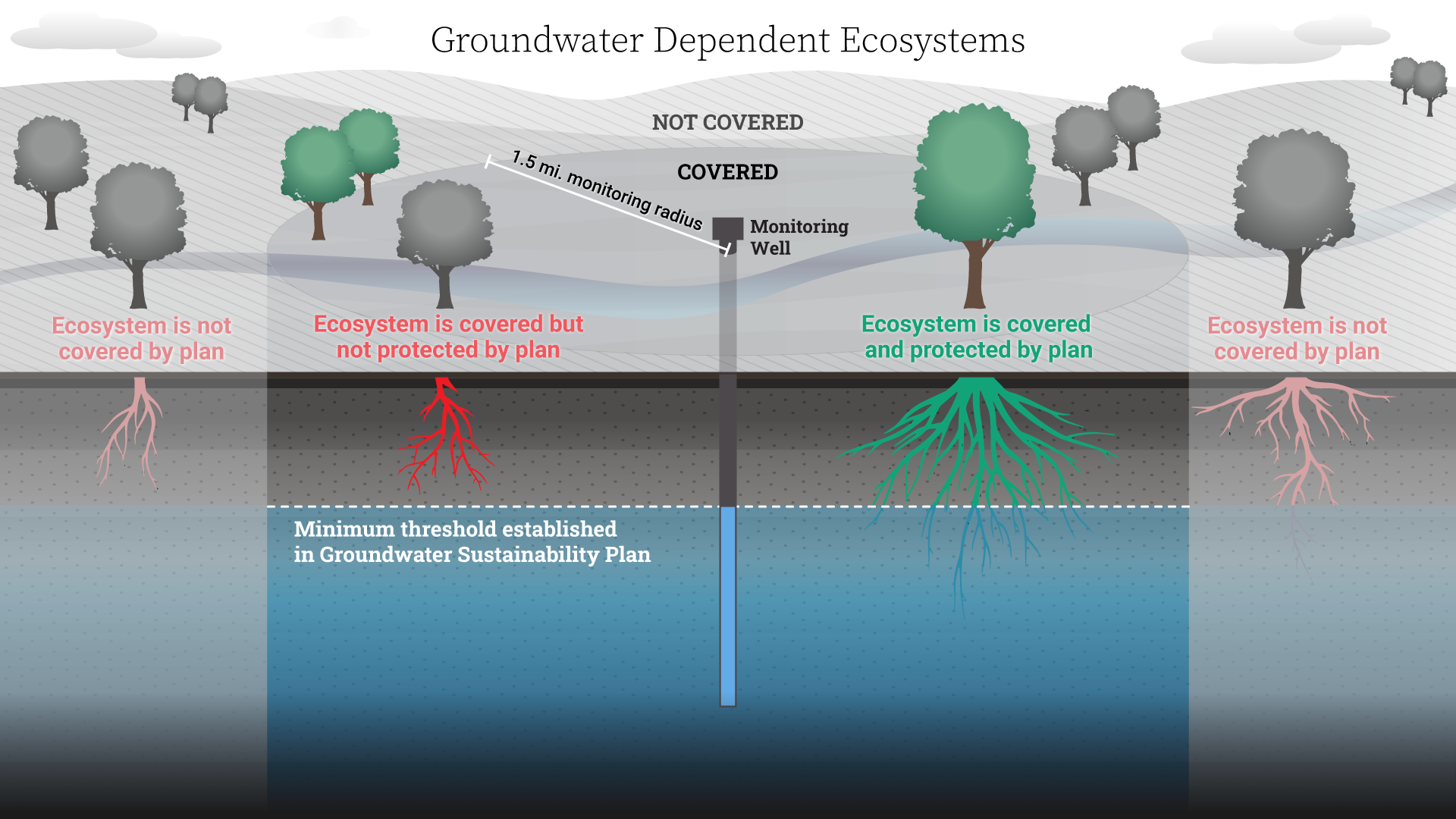
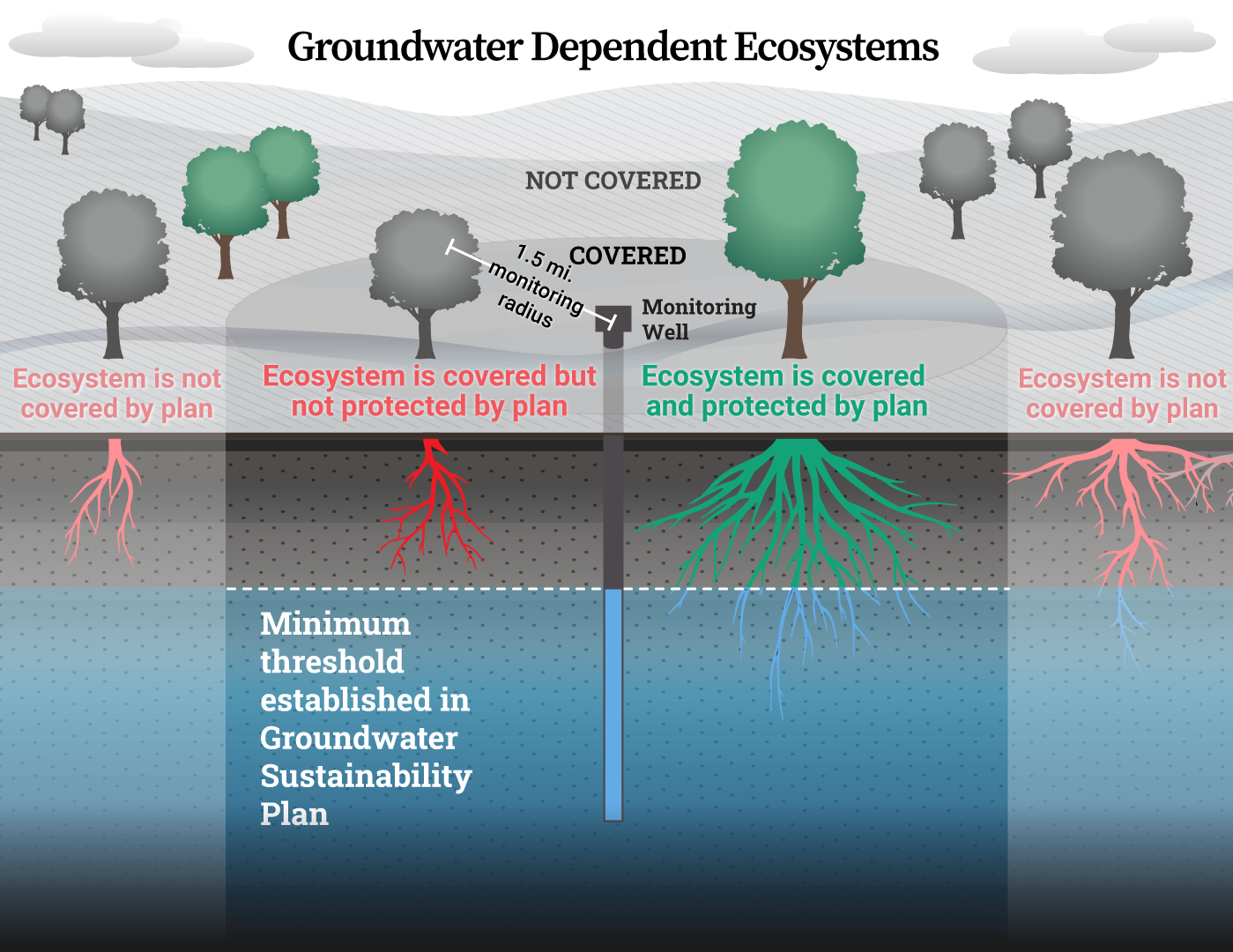
3. Do plans integrate stakeholders?
Disadvantaged communities, drinking water wells and the environment were rarely considered when establishing sustainable management criteria.
Plans need stakeholder inclusion to be successful
State rules require that domestic and environmental stakeholders are integrated into the process. We find that plans with more diverse input and consideration show increased protection of wells and ecosystems.
In this review we identified the following stakeholder groups: agriculture, domestic well users, the environment.
What does successful integration look like?
Our results provide strong evidence that integrating diverse stakeholders into plans can protect users who rely on shallow groundwater and are most vulnerable to groundwater depletion.
Stakeholder integration occurs when they are represented in deliberations and decision-making, mapped and described in a sustainability plan, considered through quantified impacts when defining sustainability and identified as beneficiaries of project and management actions.
Explore stakeholder integration results by sustainability agency
The interactive map below highlights levels of stakeholder integration across 108 SGMA basins. How we determined these scores
How we determined stakeholder integration scores
We determined integration by analyzing how stakeholder groups were considered using the following categories:
| Engage | Stakeholders are represented in deliberations (e.g., advisory committee) and decision-making (e.g., voting board seat) |
| Identify | Stakeholders are mapped and described in sustainability plan |
| Consider | Stakeholders are considered when defining sustainability by quantifying impacts |
| Support | Stakeholders are identified as beneficiaries of project and management actions |
Scoring levels
- High integration: 16-24 points total score for all stakeholder groups.
- Moderate integration: 8-16 points total score.
- Low integration: Less than 8 points total score.
Strengthening SGMA for a sustainable future for all
California made a serious commitment to bring the most depleted groundwater basins back into balance when it passed the Sustainable Groundwater Management Act (SGMA) in 2014. This commitment is being carried out at the local level through the formation of hundreds of new groundwater agencies, the launch of basin-level planning processes, and the creation of groundwater sustainability plans. This report reviews the degree to which these groundwater plans equitably integrate and protect vulnerable groundwater users, and suggests course corrections in the ongoing SGMA process to ensure we are preparing our groundwater basins for a changed climate.
Read a summary of our recommendations for getting SGMA on a course that will better protect vulnerable stakeholders and the environment.
About this report
This report is based on findings from the Groundwater Leadership Forum’s review of draft and final groundwater sustainability plans required under SGMA, and research findings published in Nature Communications. We are grateful to our colleagues at the Groundwater Leadership Forum for their support and contribution to this report: American Rivers, Audubon California, California Alliance with Family Farmers, CivicWell, Clean Water Action/Clean Water Fund, Community Water Center, Leadership Counsel for Justice and Accountability, Self-Help Enterprises, Sustainable Conservation, the Nature Conservancy, and Union of Concerned Scientists for their support and contribution to this report.
Related research
Stakeholder integration predicts more equitable groundwater sustainability policy
Perrone, D.*, M.M. Rohde*, C. Hammond Wagner*, R. Anderson, S. Arthur, N. Atume, M. Brown, L. Esaki-Kua, M. Gonzalez Fernandez, K.A. Garvey, K. Heidel, W.D. Jones, S. Khosrowshahi Asl, C. Munill, R. Nelson, J.P. Ortiz-Partida, E. Remson. 2023. Stakeholder integration predicts better outcomes from groundwater sustainability policy. Nature Communications, doi: 10.1038/s41467-023-39363-y.
Credits
Geoff McGhee, Interactive design and production
Melissa M. Rohde, Principal at Rohde Environmental Consulting, LLC (formally Groundwater Scientist at The Nature Conservancy)
Caitrin Chappelle, Associate Director Water Program at The Nature Conservancy
E.J. Remson, Senior Project Director at The Nature Conservancy
Ngodoo Atume, Senior Water Policy Analyst at Clean Water Action
J. Pablo Ortiz-Partida, Senior Bilingual Climate and Water Scientist at Union of Concerned Scientists


